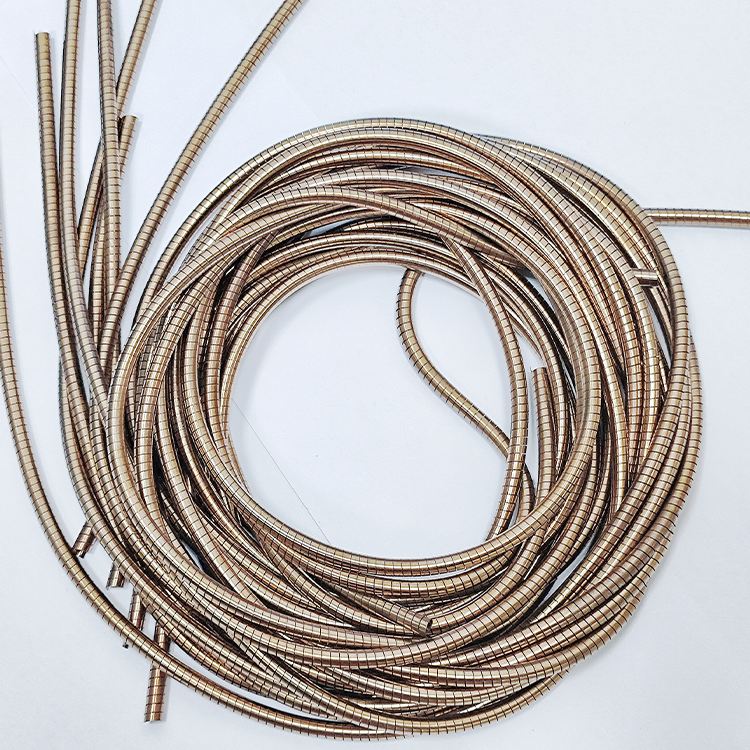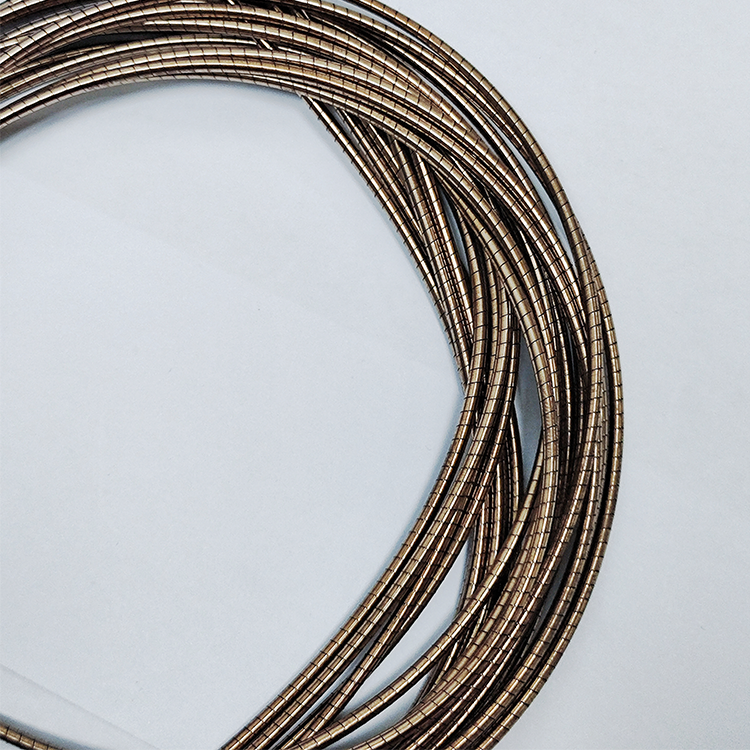Coil springs, also known as helical springs, are elastic coils formed by tightly wound helical coiled wire into a cylindrical spring. They are designed to absorb, eject or maintain a force or energy between surfaces, returning to their original helix-shaped form once the energy has been released. Helical springs are widely used in various applications due to their simplicity, functionality, and the ability to store mechanical energy.
1.High Reliability: Coil springs offer high reliability, making them suitable for industries where risk mitigation is crucial.
2.Constant Spring Rate: Coil springs provide a constant spring rate, which is essential for quality assurance.
3.Top-notch Durability: They are known for their durability, especially in automobile and heavy industries where maximum durability is required.
4.Variety: Available in a wide range of shapes and designs, coil springs serve multiple purposes.

1.Compression Springs: The most common type, used to resist force when their axis is compressed. They are found in ballpoint pens, mattresses, sofas, couches, valves, electrical switches, vehicle suspensions, and medical devices.
2.Torsion Springs: Store energy when twisted or rotated, utilizing torque force. Used in door hinges, garage doors, automobile doors, industrial heavy-duty overhead doors, mechanical watches, clipboards, mousetraps, and levers.
3.Extension Springs: Also known as tension springs, they resist the axial tensile load. Used in door handles for counterbalancing, farming machinery, gym equipment, and bikes.

Coil springs are versatile and can be found in numerous applications across various industries, including consumer goods, medical devices, automotive, aerospace, transportation, construction, and tools. Their ability to support different types of loads—compressive, tensile, and torque—makes them indispensable in modern engineering and manufacturing.